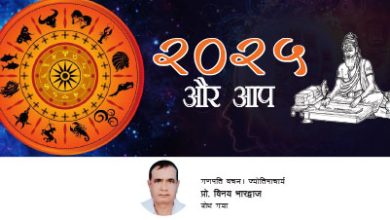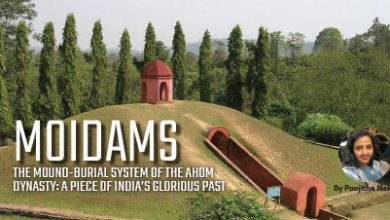
Information about Island
• Small island about 1 mile long and 300 yards across.
• Located in Palk Bay at around 18 miles from Rameshwaram and 20.1 miles from Mannar Coast (Sri Lanka).
• Thorny shrubs and hardly any vegetation.
• Church constructed by Roman Catholics. Annual festival on which Christian pilgrims visit the island.
• Political control and jurisdiction had been contested between India and Sri Lanka for several decades.
History of Island
The island was controlled by Sri Lanka’s Jaffna kingdom in the early mediaeval period but it was passed to the Ramanathapuram-based Ramnad kingdom in India in the 17th century. While it was part of the Madras Presidency during British rule, both India and Sri Lanka have laid claim over the island since at least 1921 to determine the maritime fishing boundaries. A British-era survey had marked Katchatheevu as part of Sri Lanka, but a British delegation from India had challenged this citing ownership by the Ramnad kingdom, according to The Indian Express.
The dispute between India and Sri Lanka continued even after both countries became independent.
Timeline
The documents received in response to the Right to Information query show that in 1961, Jawaharlal Nehru, the prime minister at the time, had said that he would not hesitate to relinquish India’s claims to Katchatheevu, The Times of India reported.
Nehru had also dismissed the matter as inconsequential, according to the report. Nehru’s comments were part of a note prepared by YD Gundevia, the External Affairs Ministry’s Commonwealth secretary at the time. The ministry had shared the notes as a backgrounder with Parliament’s informal consultative committee in 1968, the newspaper reported.
Nehru had made the comments despite Attorney General MC Setalvad having stated in 1960 that India’s case was stronger than that of Sri Lanka. K Krishna Rao, the joint secretary (law and treaties) in the External Affairs Ministry at the time, had also contended that New Delhi had a good legal case and that it could be leveraged to secure fishing rights on the island, the report added.
In February 1968, Sri Lankan newspapers reported that the government was taking over Katchatheevu Island. No action was undertaken by Indira Gandhi till at least the end of 1968.
Despite evidence within Sri Lanka, for instance, a report by District Collector of Jaffna, itself showing that the Island belonged to India, the Indira Gandhi government kept pursuing the matter as if the ownership of the island was disputed.
In June 1974, India’s decision to give up the island to Sri Lanka was conveyed to Tamil Nadu Chief Minister M Karunanidhi by foreign secretary Kewal Singh. Singh said that the Raja of Ramnad had zamindari rights over the island and that Sri Lanka had failed to produce any documentary evidence to prove its claims over the island.
However, he emphasised that Sri Lanka had taken a “very determined position” in the dispute based on “records” showing Katchatheevu to be a part of the Jaffnapatnam kingdom, British and Dutch maps and the State of Madras’ failure to prove that the Raja of Ramnad held the land title, the report claimed. Singh had said that Sri Lanka had asserted sovereignty over the island since 1925 without any protest from India. The report also claimed that the island was ceded despite the Opposition protesting against the decision.
In 1974, despite consistently accepting that the Katchatheevu Island was Indian territory, the Central government signed a voluntary agreement with Sri Lanka on maritime boundary that led to loss of control. However, the dispute has continued to find traction in the politics of Tamil Nadu, especially because it is intertwined with the attacks on and detention of fishermen from the state by the Sri Lankan Navy.
After political parties from Tamil Nadu approached the Supreme Court against the Centre’s decision, the Union government told the court in 2013 that the question of retrieving Katchatheevu from Sri Lanka did not arise as no territory belonging to India had been ceded to Sri Lanka.






